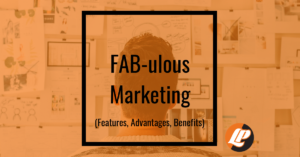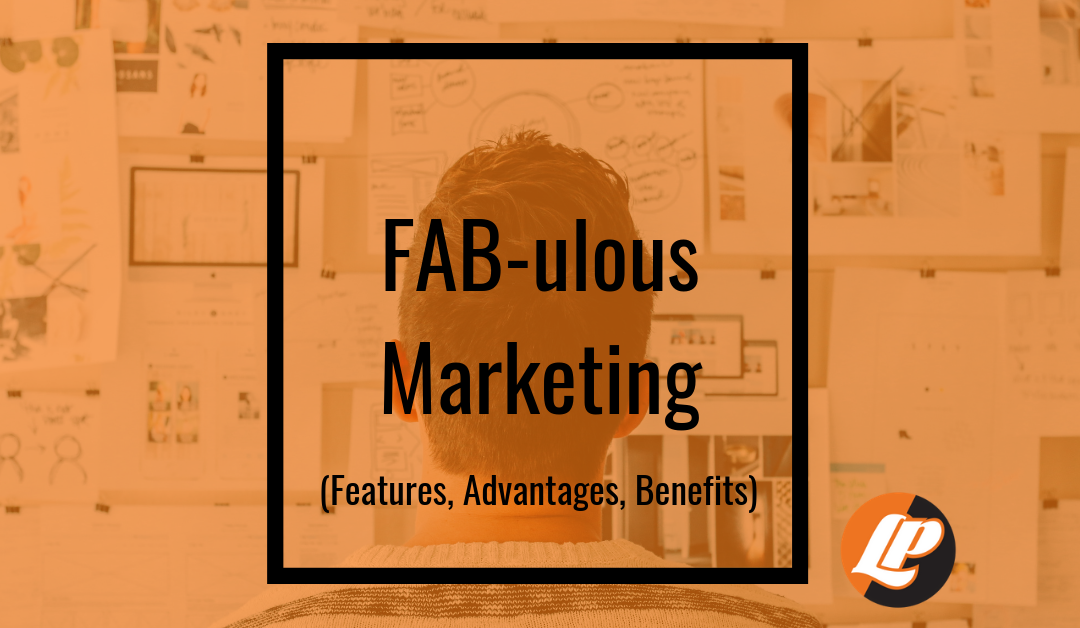Marketing a product or service can be costly. Hence, you want to be as certain as possible that your marketing efforts will succeed. A marketing framework can help you by focusing your attention on the characteristics of your product or service that really matter to potential customers. FAB (features, advantages, and benefits) is such a framework.
Features
The features of your product or service make it what it is at the simplest level. For instance, the features of a paintbrush are its size, handle, and bristles. However, your potential customers already know what a paintbrush is. You must, therefore, link the features directly to advantages.
Advantages
In the case of the above example, your marketing should describe the features of the paintbrush in terms of their advantages. For example:
- The paintbrush is small enough to paint intricate designs;
- The ergonomically designed handle is easier for painters to hold; and
- The bristles are soft, enabling a painter to achieve specific effects with certain paint.
Each of the descriptions given here links a feature of the paintbrush to an advantage. At this point, potential customers know the three practical merits of the paintbrush. However, such descriptions are not enough. You need to sell the paintbrush by showing its benefits.
Benefits
Using the example of the paintbrush again, your marketing could proceed as follows.
- The small size of the paintbrush enables you to paint intricate designs with confidence, thereby making the most of your skill as an artist.
- Because the ergonomically designed handle is easier to hold, you can paint more quickly and accurately for longer periods of time.
- The soft bristles enable you to create effects that can make your paintings unique.
In each of the above examples, your marketing shows a clearly identified benefit that could make the lives of painters better.
The principle behind the FAB framework is simple. Potential customers want to know about the features and advantages of your product or service. However, they also need to understand how these features and advantages benefit them. Most importantly, such benefits must improve their lives. So, if you explain the features, advantages, and consequent benefits of your product or service, you can boost the success of your marketing.
Bonus Points: FAB allows you to start thinking about your product through the customer’s lens. If you want to super-charge this in everything you do, we recommend Donald Miller’s Building A Story Brand. It’s a quick read (or listen) well worth the price of admission. It’s a paradigm shift (no, really) about making your customer the hero in the story. We don’t get an affiliate kickback on this, we just really believe it’s worth your time.
Also, be sure to check out LeadPlan’s own framework: 5 Pillars of Online Sales Conversions. We use this framework for digital marketing case studies, and yes, our own pages.
About the Author:

John D. Smiddy
Owner/Marketing Consultant
John has helped market and scale over 200 companies in various industries over the past 10 years. He is the Founder and Managing Partner of LeadPlan Marketing, the host of “The Marketing Fundamentals Podcast” and the creator of the “5 Pillars of Sales Conversions” formula used at LeadPlan.


